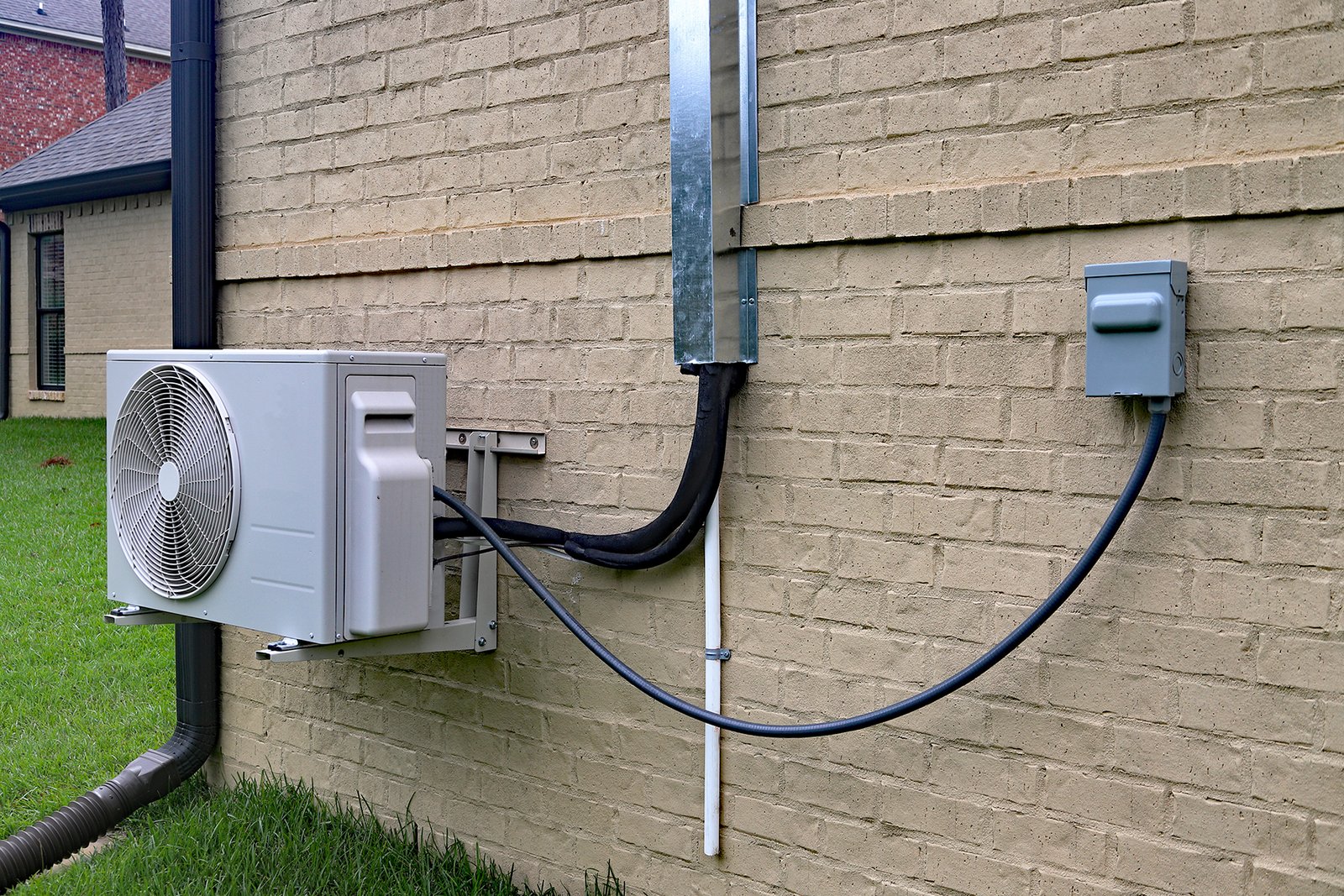If you’re living in a cold climate and need an efficient way to supplement your heating system, finding the best mini split is crucial. Mini splits are a popular choice for homeowners looking to heat specific areas of their homes, such as bedrooms or home offices. But with so many options available, it can be overwhelming to determine which mini split is best suited for your needs. In this article, we will explore the key factors to consider when choosing a mini split for supplemental heating in cold climates. From energy efficiency to heating capacity, we’ll guide you through the process of finding the perfect mini split to keep you warm and comfortable during the winter months.
Understanding Mini Split Systems
What is a Mini Split System?
A mini split system, also known as a ductless heat pump or AC, is a heating and cooling system that consists of two main components: an outdoor unit and one or more indoor units. Unlike traditional HVAC systems, mini splits do not require ductwork to distribute air throughout the space. They are called “split” systems because the heat pump is split into two parts, with the outdoor unit containing the compressor and condenser, and the indoor units responsible for delivering warm or cool air directly into the room.
How Does a Mini Split System Work?
Mini split systems work by transferring heat between the indoor and outdoor units using refrigerant. During the cooling mode, the refrigerant absorbs heat from the indoors and releases it outdoors through the outdoor unit. In heating mode, the process is reversed, with the refrigerant absorbing heat from the outdoor air and releasing it indoors. This heat transfer process allows the mini split system to provide both heating and cooling. The indoor units can be controlled individually, allowing for personalized comfort in each room.
Advantages of Mini Split Systems
One of the main advantages of mini split systems is their flexibility. Since they do not require ductwork, they can be installed in a variety of spaces, including older homes or rooms without existing ducts. Mini splits are also more energy efficient than traditional HVAC systems, as there are no air leaks associated with ductwork. Additionally, mini splits offer zoning capabilities, allowing you to control the temperature in specific areas of your home, which can lead to significant energy savings. Finally, mini splits are often quieter than traditional HVAC systems, making for a more comfortable living environment.
Disadvantages of Mini Split Systems
While mini split systems offer numerous advantages, it is important to consider the disadvantages as well. One potential drawback is the initial cost of installation, as it can be higher than traditional HVAC systems. However, over time, the energy savings provided by mini splits can help offset this initial investment. Another disadvantage is that mini splits may not be suitable for larger homes or spaces with multiple rooms, as additional indoor units may be necessary, increasing the overall cost. Finally, mini splits may not be the best option if you live in an area with extremely cold temperatures, as their heating efficiency may decrease in very low temperatures.
Assessing Your Needs
Evaluating Personal Heating Preferences
Before choosing a mini split system, it is important to evaluate your personal heating preferences. Consider factors such as the desired temperature in each room, the importance of energy efficiency, and your budget. This will help determine the size and type of mini split system that will best meet your needs.
Identifying House Characteristics
Next, identify the characteristics of your house that may impact the effectiveness of a mini split system. Factors such as insulation levels, the number and size of windows, and the layout of your home can all affect the performance of the system. For example, a poorly insulated home may require a mini split system with a higher heating capacity to compensate for heat loss.
Estimating Size Needs Based on Square Footage
One of the primary considerations when choosing a mini split system is the size or capacity of the unit. This is typically measured in British Thermal Units (BTUs), with higher BTUs indicating a larger heating or cooling capacity. To estimate the size needs for your space, consider the square footage of each room or area that will be served by the mini split system. A professional HVAC contractor can help you determine the appropriate BTU rating based on your specific needs.

This image is property of www.ecomfort.com.
Mini Split Usage for Supplemental Heating in Cold Climates
Benefits of Using Mini Splits for Supplemental Heating
In cold climates, mini split systems can be used as supplemental heating sources in addition to the existing heating system. There are several benefits to using mini splits for supplemental heating. Firstly, mini splits provide zoned heating, allowing you to heat specific areas of your home according to your needs. This can result in energy savings, especially if you spend most of your time in certain rooms. Secondly, mini splits offer quick and efficient heating, as they do not require ductwork and can provide immediate warmth. Finally, mini splits are often more energy efficient than traditional heating systems, which can help reduce heating costs.
Considerations When Using Mini Splits for Supplemental Heating in Cold Climates
While mini splits can be effective for supplemental heating in cold climates, there are some important considerations to keep in mind. First, it is crucial to choose a mini split system that is specifically designed for cold weather operation. Look for models with low-temperature settings that can maintain heating efficiency even in extremely cold temperatures. Second, ensure that the mini split system is properly sized for the space it will be heating. Undersized units may struggle to adequately heat the room, while oversized units may be less efficient and more expensive to operate. Finally, proper insulation and sealing are essential to prevent heat loss and maximize the effectiveness of the mini split system.
Choosing Mini Splits with the Right BTU
Understanding BTU and Heating Capacity
BTU, or British Thermal Unit, is a unit of measurement used to quantify the heating or cooling capacity of a mini split system. When choosing a mini split system, it is important to select one with the appropriate BTU rating for your space. Choosing a mini split system with too low of a BTU rating may result in inadequate heating, while choosing one with too high of a BTU rating may lead to inefficiency and higher operating costs. Proper sizing is crucial to ensure optimal performance and energy efficiency.
Choosing Mini Splits with Adequate BTU for Your House
To determine the appropriate BTU rating for your mini split system, consider factors such as the square footage of the room or area to be heated, the insulation levels, and the climate in your location. As a general guideline, you can estimate the required BTU by multiplying the square footage by the recommended BTU per square foot for your climate. However, it is always best to consult with a professional HVAC contractor who can perform an accurate heat load calculation to determine the exact BTU requirements for your specific needs.
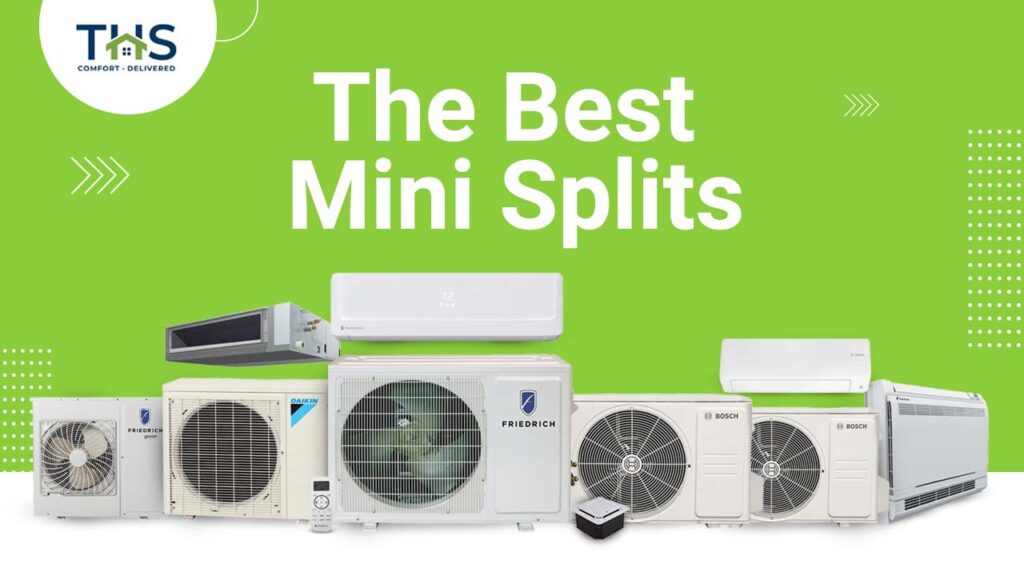
This image is property of blog.totalhomesupply.com.
Inverter Technology and Cold Climate Performance
Understanding Inverter Technology
Inverter technology is a feature found in many modern mini split systems. It allows the compressor to vary its speed based on the cooling or heating requirements of the space. Traditional compressors operate at a fixed speed, switching on and off as needed to maintain the desired temperature. Inverter technology, on the other hand, adjusts the compressor speed continuously, resulting in more precise temperature control and improved energy efficiency. By modulating the compressor speed, inverter technology helps to reduce energy consumption and minimize temperature fluctuations.
Role of Inverter Technology in Cold Weather Efficiency
In cold climates, the efficiency of a mini split system can be greatly influenced by the presence of inverter technology. Inverter-driven compressors can adjust their speed to optimize heating performance, ensuring a consistent and comfortable indoor temperature. This is especially important in cold weather when the heating load may vary significantly. Inverter-driven mini split systems can efficiently and effectively provide heat even in extreme cold temperatures, making them a great option for cold climate applications.
Selecting Efficient Mini Split Models
Looking at Energy Efficiency Ratios (EER)
When selecting a mini split system, it is important to consider the energy efficiency of the model. One way to assess energy efficiency is by looking at the Energy Efficiency Ratio (EER). The EER is a measurement of cooling efficiency and is calculated by dividing the cooling capacity (in BTUs) by the power input (in watts). A higher EER indicates greater energy efficiency, meaning that the system will use less energy to cool the space.
Considering Seasonal Energy Efficiency Ratio (SEER)
Similar to the EER, the Seasonal Energy Efficiency Ratio (SEER) is a measurement of cooling efficiency but takes into account the varying outdoor temperatures throughout the cooling season. The SEER provides a more accurate assessment of the energy efficiency of the mini split system over the entire cooling season. Look for mini split systems with higher SEER ratings for greater energy efficiency.
Deciphering Heating Seasonal Performance Factor (HSPF)
When it comes to heating efficiency, the Heating Seasonal Performance Factor (HSPF) is the key measure to consider. The HSPF is calculated by dividing the total heating output (in BTUs) by the electrical energy input (in watt-hours) over a heating season. A higher HSPF indicates greater heating efficiency, meaning that the mini split system will provide more heat for less energy. Look for mini split systems with higher HSPF ratings for optimum heating efficiency.
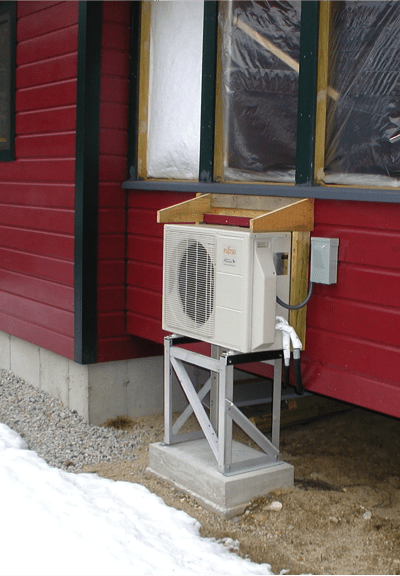
This image is property of www.buildinggreen.com.
Brand Comparison
Mitsubishi Mini Splits
Mitsubishi Electric is a well-known brand in the mini split industry, offering a wide range of high-quality mini split systems. Mitsubishi mini splits are known for their reliability, energy efficiency, and advanced features. Their systems often include features such as inverter technology, multiple fan speeds, and programmable timers. Mitsubishi also offers a variety of indoor unit styles to suit different aesthetics and installation requirements.
Daikin Mini Splits
Daikin is another reputable brand in the mini split market, known for its cutting-edge technology and energy-efficient products. Daikin mini splits offer advanced features such as inverter technology, intelligent temperature control, and multi-zone capabilities. Daikin focuses on providing exceptional comfort and energy savings while maintaining a high level of reliability and performance.
Fujitsu Mini Splits
Fujitsu is a well-established brand in the HVAC industry and is known for its reliable and energy-efficient mini split systems. Fujitsu offers a wide selection of indoor unit styles, ranging from wall-mounted units to concealed duct units, allowing for flexibility in installation. Their mini splits often include features such as inverter technology, intelligent defrost operation, and wireless remote control.
Carrier Mini Splits
Carrier is a trusted brand in the HVAC industry and offers a range of mini split systems designed for energy efficiency and comfort. Carrier mini splits often feature inverter technology, multiple fan speeds, and advanced filtration systems. They offer both cooling-only and heat pump options, allowing for year-round comfort. Carrier mini splits are known for their durability and reliable performance.
Checking for Essential Features
Remote Control Functionality
When selecting a mini split system, remote control functionality is an essential feature to consider. A remote control allows you to conveniently adjust the temperature, fan speed, and mode from anywhere in the room. Look for mini splits that come with user-friendly remote controls that offer intuitive operation and clear display.
Timer Controls
Timer controls are another important feature to look for in a mini split system. With timer controls, you can set specific times for the system to turn on or off, allowing for energy-efficient operation. This feature is particularly useful if you are away from home for extended periods or prefer to have the system automatically adjust based on your daily schedule.
Heating and Cooling Capabilities
Ensure that the mini split system you choose has both heating and cooling capabilities. While most mini splits offer both modes, it is important to confirm that the unit you select meets your specific heating and cooling needs. Having the option for both heating and cooling can provide year-round comfort and flexibility.
Integrated Dehumidifier
If you live in a humid climate or experience high humidity levels in your home, consider a mini split system with an integrated dehumidifier. This feature helps to remove excess moisture from the air, improving indoor air quality and comfort. An integrated dehumidifier can be particularly beneficial during the cooling mode, as it helps to reduce humidity levels and prevent mold growth.
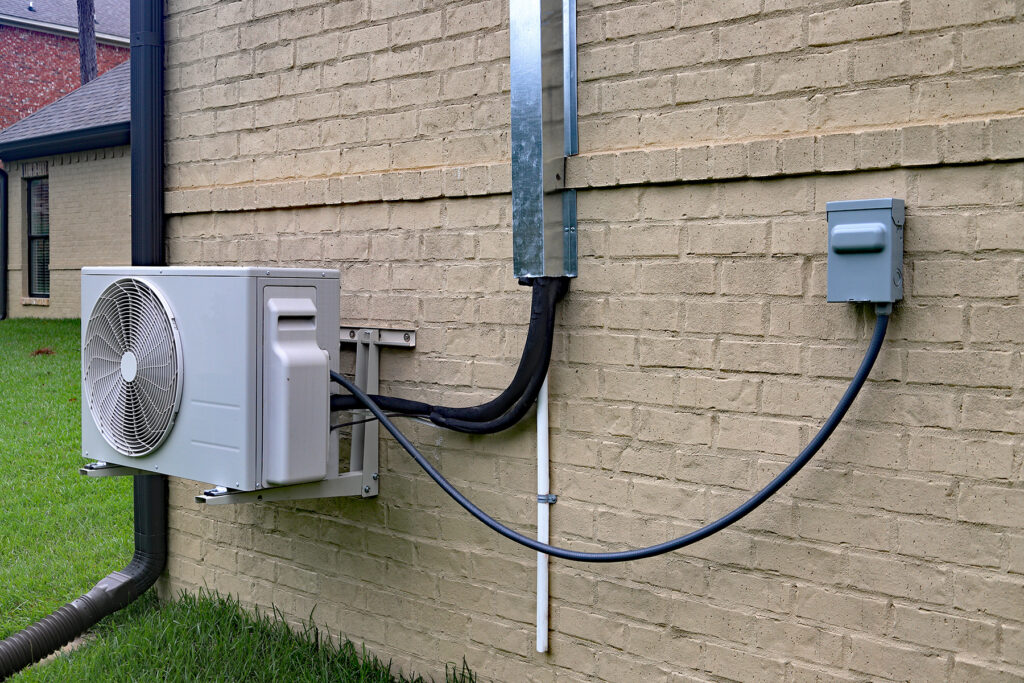
This image is property of theheatpumpstore.com.
Installation and Maintenance
Importance of Professional Installation
When it comes to installing a mini split system, it is crucial to seek professional installation services. Proper installation is essential for the system to function optimally and efficiently. A professional HVAC contractor will have the necessary expertise and experience to select the appropriate system for your needs, ensure proper placement of the indoor and outdoor units, and correctly connect the refrigerant lines. Professional installation also ensures compliance with local codes and regulations, providing peace of mind that the system has been installed safely and effectively.
Long-Term Mini Split System Maintenance
Regular maintenance is important to ensure the long-term performance and reliability of your mini split system. Some essential maintenance tasks include cleaning or replacing the air filters, checking and cleaning the outdoor unit coils, and inspecting the refrigerant lines for leaks. It is recommended to have a professional perform annual maintenance to thoroughly check the system, address any potential issues, and maximize the lifespan of the mini split system.
Understanding Warranty Options
When selecting a mini split system, it is crucial to review the warranty options. Most manufacturers offer a standard warranty that covers parts and labor for a certain period of time. Some manufacturers also offer extended warranties for additional peace of mind. It is important to understand the warranty terms and conditions, including any maintenance requirements that may be necessary to validate the warranty. Additionally, consider the reputation of the manufacturer for honoring warranty claims and providing reliable customer support.
Investment and Operating Costs
Assessing Initial Investment Cost
The initial investment cost of a mini split system can vary depending on factors such as the brand, BTU rating, and additional features. While mini splits may have a higher initial cost compared to traditional HVAC systems, they often provide long-term energy savings that can offset this initial investment. When considering the initial investment cost, it is important to factor in the potential energy savings and the lifespan of the system.
Calculating Operating Cost Over Time
To calculate the operating cost of a mini split system over time, consider factors such as the energy efficiency of the unit, the local cost of electricity, and the heating or cooling load of the space. Higher energy efficiency ratings, such as higher SEER or HSPF values, indicate lower operating costs. By estimating the annual operating hours and multiplying it by the unit’s energy consumption, you can calculate the annual energy usage and associated operating cost. This will help you determine the long-term cost savings of a mini split system compared to other heating or cooling options.
Weighing Cost against Energy Savings
When assessing the investment and operating costs of a mini split system, it is important to weigh these costs against the potential energy savings. Mini splits are known for their energy efficiency and can help reduce heating and cooling costs over time. By considering the long-term energy savings, the durability and reliability of the system, and the comfort provided, you can make an informed decision about the value and cost-effectiveness of a mini split system for your specific needs.
In conclusion, understanding mini split systems is essential when considering them for your heating and cooling needs. By understanding how they work, their advantages and disadvantages, and the various factors to consider when choosing a mini split system, you can make an informed decision for your home. Assessing your personal heating preferences, evaluating house characteristics, and selecting appropriate BTU ratings are crucial steps in finding the right mini split system. Additionally, considering inverter technology and energy efficiency ratings, comparing brands, checking for essential features, and prioritizing professional installation and maintenance can all contribute to the overall success and efficiency of your mini split system. By evaluating the investment and operating costs, as well as the potential energy savings, you can determine the value and cost-effectiveness of a mini split system for your specific needs. Whether you are looking for supplemental heating in cold climates or a versatile heating and cooling solution, mini split systems offer flexibility, efficiency, and comfort.
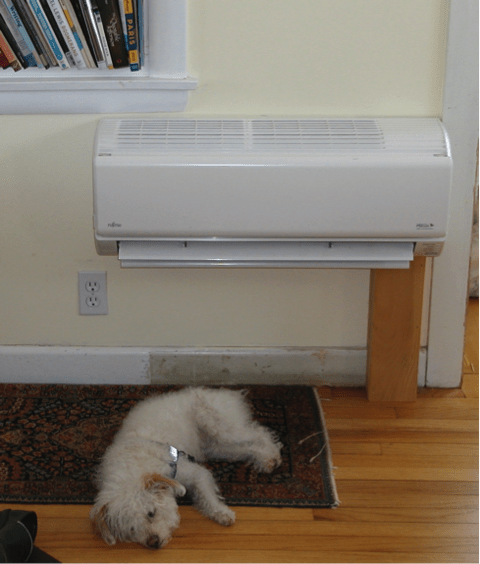
This image is property of www.buildinggreen.com.

